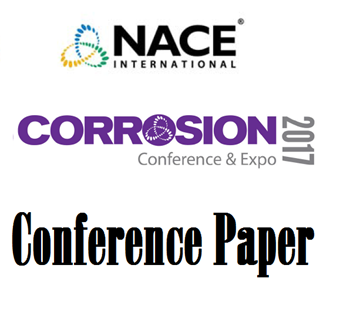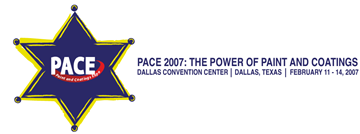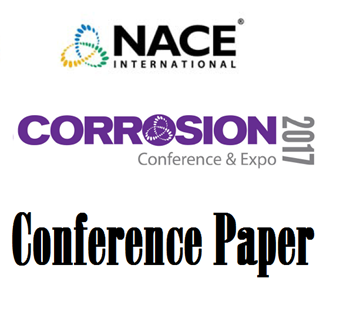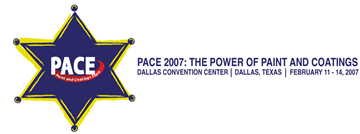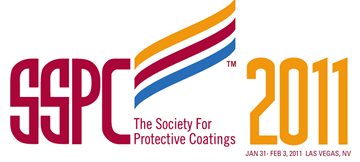Search
Individual Conference Papers
View as
Sort by
Display
per page
Partnering with the US Navy: Water Storage Tank Maintenance on a Global Scale
Product Number:
51219-219-SG
Publication Date:
2019
$20.00
Past Versus Present - Comparing Laboratory Performance of Vinyl Resin Coatings with Modern Epoxy-Polysiloxane Coating Systems
Product Number:
51217-076-SG
Publication Date:
2017
$20.00
Peer-to-Peer: Been There, Done That. Now Learn!
Product Number:
41207-354-SG
Publication Date:
2007
$20.00
Penetration of Cathodic Protection into Pipeline Coating Disbondment
Product Number:
51317--9146-SG
ISBN:
9146 2017 CP
Publication Date:
2017
$20.00
Penn Avenue Reconditioning Tight Site & Telecommunication
Product Number:
51217-085-SG
Publication Date:
2017
$20.00
Penny Wise of Pound Foolish? Holding Primers for Solvent Free Epoxy Tank Lining
Product Number:
51219-207-SG
Publication Date:
2019
$20.00
Performance Analysis of Commercial Azoles for Yellow Metal Corrosion Control Utilizing Surface Analysis
Product Number:
51314-4246-SG
ISBN:
4246 2014 CP
Publication Date:
2014
$0.00
Performance Characterization of Waterborne Sol Gel Derived Epoxy-Amine Silane Coating on Aluminum Alloy
Product Number:
41207-346-SG
Publication Date:
2007
$20.00
Performance Comparison of Waterborne and Solvent-Borne Epoxy Primers
Product Number:
41212-688-SG
Publication Date:
2012
$20.00
Performance Evaluation of One-Coat Systems on New Steel Bridges - Final Results
Product Number:
41211-622-SG
Publication Date:
2011
$20.00
Performance Of Additively Manufactured Alloy 718 In Sour Service
Product Number:
51322-18029-SG
Publication Date:
2022
$20.00



